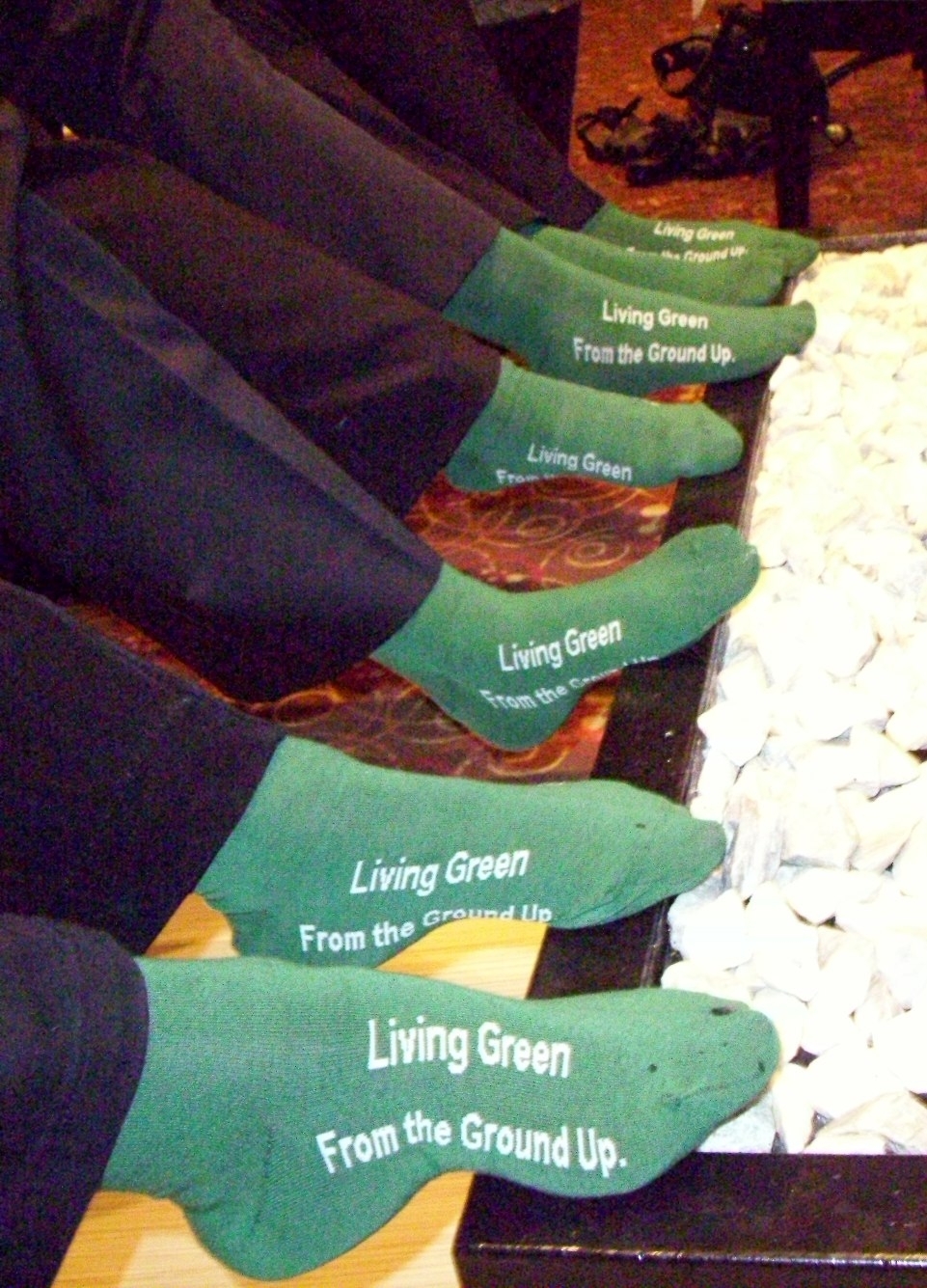Guest blogger: Gabrielle Walters, CHES, MPH and Radon Educator with The University of Georgia Department of Financial Planning, Housing and Consumer Economics.
♣ ♣ ♣ ♣ ♣ ♣ ♣
St. Patrick’s Day is a day that began as a way to celebrate the work of St. Patrick in Ireland and has now turned into a holiday renowned for parades and dying rivers and fountains green. At least that’s what it seems to have become in the states. I was born in Savannah and grew up in surrounding towns, so I remember St. Patrick’s Day being a huge celebration for anyone who wanted to participate, regardless of Irish heritage. When I hear “St. Patrick’s Day” I think of cities like Savannah and Chicago, Ireland, “Kiss Me I’m Irish” shirts, beer, leprechauns, the color green, and testing my home for radon. Ok, so maybe I don’t typically think of testing my home for radon around St. Patrick’s Day, but there’s no reason why I, or anyone else, shouldn’t have that thought.
 Chicago River dyed green every year
Chicago River dyed green every year
We hear the phrase “going green” a lot these days, and it’s easy to correlate that movement with a holiday whose main color is green. So, this year…
Go Green for St. Patrick’s Day!
There are multiple efforts you can take to be a part of this movement, like recycling, carpooling, using more energy efficient appliances, and, you guessed it, testing for radon. Think about it: You don’t want to breathe in toxins and other harmful pollutants outside, so why would you want to do it in your home? Radon is the second-leading cause of lung cancer and is responsible for nearly 21,000 deaths in the U.S. every year. It’s naturally occurring, so radon is perfectly safe out in the environment. However, it becomes dangerous once it gets trapped in a house, especially when there are high levels. Radon is colorless, odorless, tasteless…there’s no way to know if you have high levels in your home unless you test your home.
Radon is the second-leading cause of lung cancer and is responsible for nearly 21,000 deaths in the U.S. every year. It’s naturally occurring, so radon is perfectly safe out in the environment. However, it becomes dangerous once it gets trapped in a house, especially when there are high levels. Radon is colorless, odorless, tasteless…there’s no way to know if you have high levels in your home unless you test your home.
Testing is easy to do. All you need to do is get a test kit. If you live in Georgia you can contact your local County Extension office (1-800-ASK-UGA1) or go to www.UGAradon.org. If you live elsewhere in the U.S. find your state radon contact on the EPA website. There are different types of radon test kits, so follow the directions for use on the kit. If you get a kit from Georgia, you want to hang your radon test kit in the lowest livable area about 2 feet off the floor (perhaps the height of a leprechaun). Leave it for 3 to 7 days then fill out the envelope and mail in the kit. You will get your test results soon. You can have the radon kit testing while you’re out celebrating St. Patrick’s Day with your friends without having to worry about it!
If you have high levels of radon in your home, don’t worry, fixing this problem is relatively simple. Radon levels are lowered with the installation of mitigation systems, which should be put in your home by a certified mitigator.
So, this year when you’re making plans to celebrate or just simply thinking of which green shirt to wear to work or school to avoid getting pinched all day, think of “going green.” Test your home for radon to keep yourself and your family healthy enough to celebrate many more St. Patrick’s Days in the future!


Leave a Reply